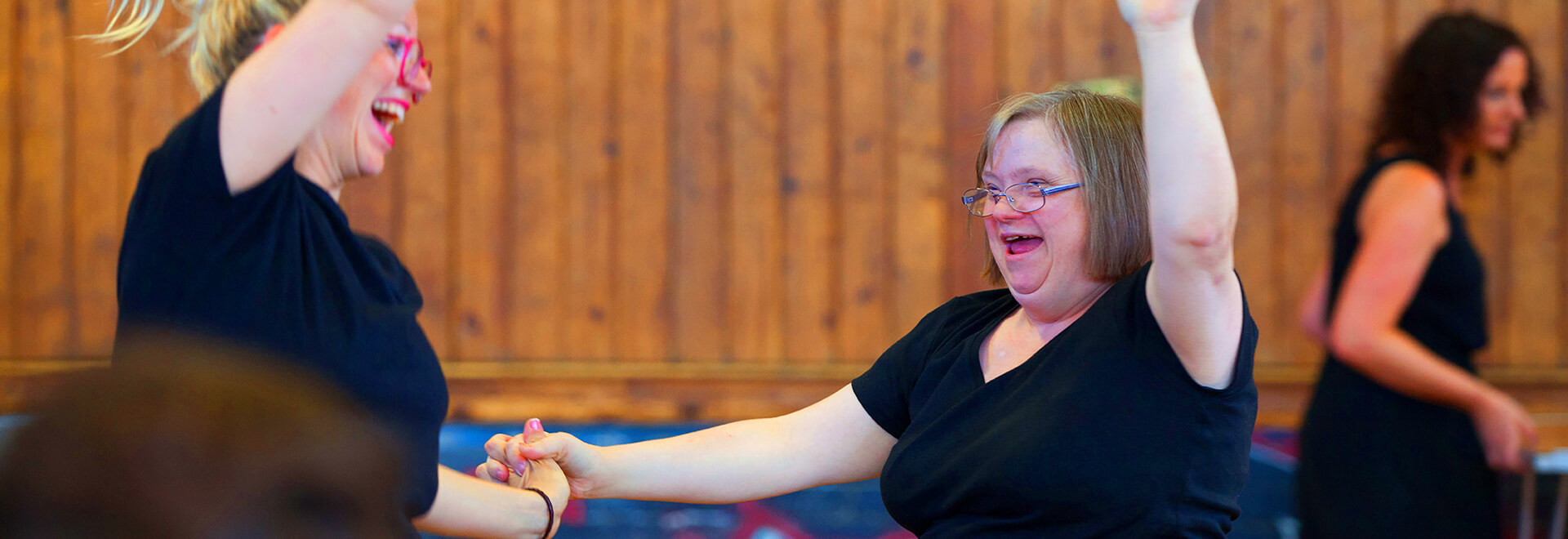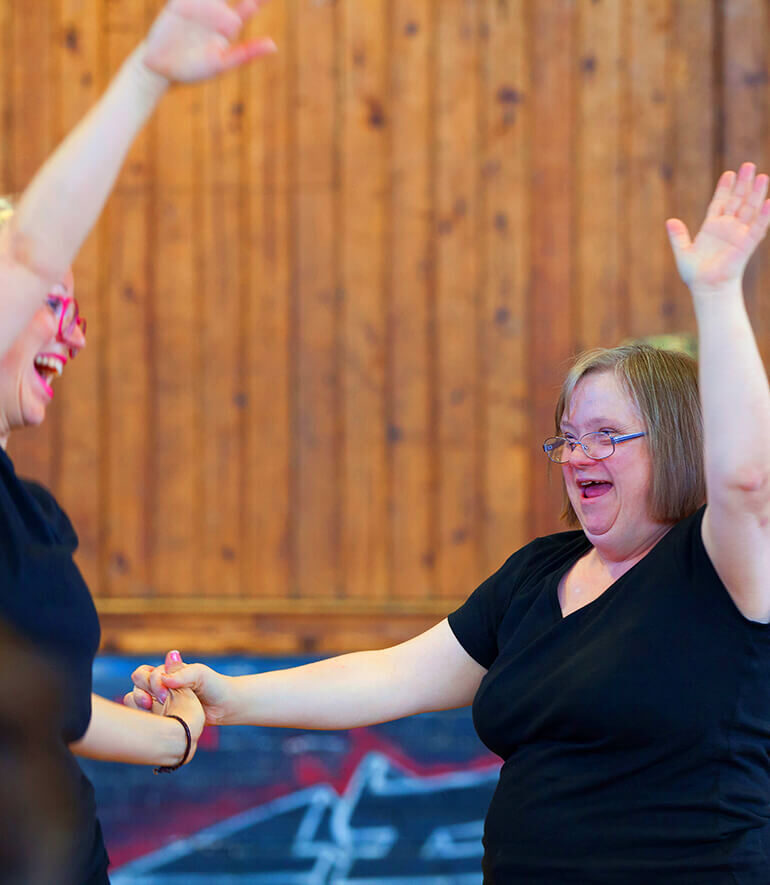Accessibility on the Culture In Our City website
This website has been initiated by the Brighton and Hove Arts & Creative Industries Commission. It is administered & funded by the Arts team at Brighton & Hove City Council.
We aim to make the Culture In Our City website easy to use and accessible to everyone. This accessibility statement includes:
- how we’re improving accessibility on our website
- how to contact us about an accessibility issue
- a list of accessibility issues we’re aware of (we’re working on these currently and hope these will be resolved by January 2021)
Website this accessibility statement covers
This statement covers the Cultureinourcity.com website
Importance of accessibility
We want as many people as possible to be able to use our website. That means you should be able to:
- navigate most of the website using just a keyboard
- navigate most of the website using speech recognition software
- listen to most of the website using a screen reader (including the most recent versions of JAWS, NVDA and VoiceOver)
- zoom in up to 200% without the text spilling off the screen
We’re also making the website text as simple as possible to understand.
AbilityNet has advice on making your device easier to use if you have a disability.
How can I translate the website language?
You can use Google Translate to view our website in a different language. Google Translate is a free, external service that translates websites in your web browser.
External links
On our site you will find links to external websites. Although we make every effort to ensure these links are accurate, up to date and relevant, Culture In Our City cannot take responsibility for pages maintained by external providers. If you find any external links that don’t work, you can report them to us via our contact page.
Please note Culture In Our City takes no responsibility for information contained on external links from this website.
Who publishes the Brighton & Hove City Council website?
This website is a service operated by Brighton & Hove City Council, Hove Town Hall, Norton Road, Hove, BN3 3BQ, UK.
Disclaimer of liability
Brighton & Hove City Council endeavors to ensure that the information contained within the Culture In Our City website is correct but does not accept any liability for error or omission howsoever caused and whether by the negligence or omissions of Culture In Our City or otherwise.
Information, editorial, advertising, products and services provided by Brighton & Hove City Council on the Culture In Our City site are provided on the basis that Brighton & Hove City Council disclaims all warranties whether expressed or implied. Neither Brighton & Hove City Council nor the suppliers of information shall be liable for any direct, indirect, incidental or consequential loss of business profits or special damages.
Use and re-use of material on the website
The use and re-use of any data and content on the Culture In Our City website is permitted under the terms of the Open Government Licence, set out in full on the National Archives website, except where stated otherwise on individual pages of the council’s website.
How we're improving accessibility
This website is currently being reviewed by Brighton & Hove City Council to identify accessibility issues. We have identified the following issues:
-
- contrast issues where brand colours are used
- white text on image without an overlay
- keyboard control
- missing labels
We are working towards resolving recommended changes to outstanding accessibility issues by January 2021.
We can confirm the site:
-
-
- reads well with a screen reader
- is easy to understand
- is displayed well
- displays perfectly if you zoom in
-
How is this website accessible?
Accessibility has been one of the central pillars in the web developer’s thinking, including regular audits of the site whilst building. The following has been implemented to support users whilst on the site:
Descriptive Names for Links
The site uses descriptive text for links across the site to ensure that the purpose of the link is clear to users viewing the site with the help of assistive technology.
Use of ARIA Labels
In instances where text isn’t available to the user (the navigation icon, for example), a combination of ARIA Labels and hidden screen reader only text has been used, to ensure that these elements and their functionality are identifiable to screen readers and assistive technologies.
Adjustable Text Sizing
Typography has been implemented in a way that allows the user to scale text as required using the zoom feature within their browser or keyboard shortcuts (CTRL and +/CMD and +). This helps users to increase the legibility of text independently in cases where the default sizing is tricky for users to read.
Semantically Defined Page Structure
Each major region on the page uses semantic HTML to flag page sections to screen readers. Areas such as headers, footers, navigation, images and image captions are all defined to help assistive devices understand the content it’s reading and how it relates to other content on the page. These considerations are also present on features such as lists and forms, with each form field having a label attached to it so that the purpose of each field is clearly defined for screen readers.
This approach to page structure is one of the fundamental requirements for good accessibility on the web, so it forms a key part of the site design.
Image Alt Tags
Every image on the site can provide users with alternative text that can be used by screen reading software to describe the content to visually impaired users. A few instances of this are hardcoded into the website’s template (the hero images, logo etc), but everything else can be customised through WordPress.
Tab Navigation
Content is navigable using the keyboard only, with content being highlighted as it is tabbed through within the browser. Highlighted links can be opened using the enter/return key.
Basic Meta Info
Every page has basic information programmatically added to it that aids accessibility. Titles are generated for each page and the use of UK English for the text content is defined on each of them. Defining the latter helps screen readers and assistive technology to announce text correctly to users.
When was this site created?
This site was created in September 2020.
Content issues
This website is currently being reviewed by Brighton & Hove City Council to identify any content issues.
We are working towards resolving recommended changes to outstanding content issues by January 2021.
Contact us about an accessibility problem
We’re always looking to improve the accessibility of our website. Please let us know if you:
-
-
- need information on this website in a different format such as an accessible PDF or large print
- find a problem that isn’t listed in this accessibility statement
You can contact us by email at [email protected]
We’ll consider your request and get back to you in ten days. -
Complaints and enforcement procedure
If you’re not happy with our response to your accessibility problem report or request for an alternative format, you can use our complaints process.
The Equality and Human Rights Commission (EHRC) is responsible for enforcing the accessibility regulations. If you’re not happy with how we respond to your complaint, contact the Equality Advisory and Support Service (EASS). If you experience any trouble accessing services or information on the site, contact us.
Government advice on accessibility
GOV.UK’s pages on accessibility provide a good summary of where to find out information on accessibility.
Like GOV.UK we are pointing to the BBC’s excellent accessibility pages to get you started. We’ve included some direct links below.
BBC Links
- How to change text and background colours
- How to change your fonts
- How to magnify the screen
- How to make your text larger
- Make the mouse pointer easier to see
- Make your computer speak text aloud
- Make your keyboard easier to use
- Information on alternatives to keyboard and mouse
For further information on things like spell checking, word predicting software, keyboard stickers and voice recognition visit the BBC’s My Web My Way pages
Other links about accessibility


